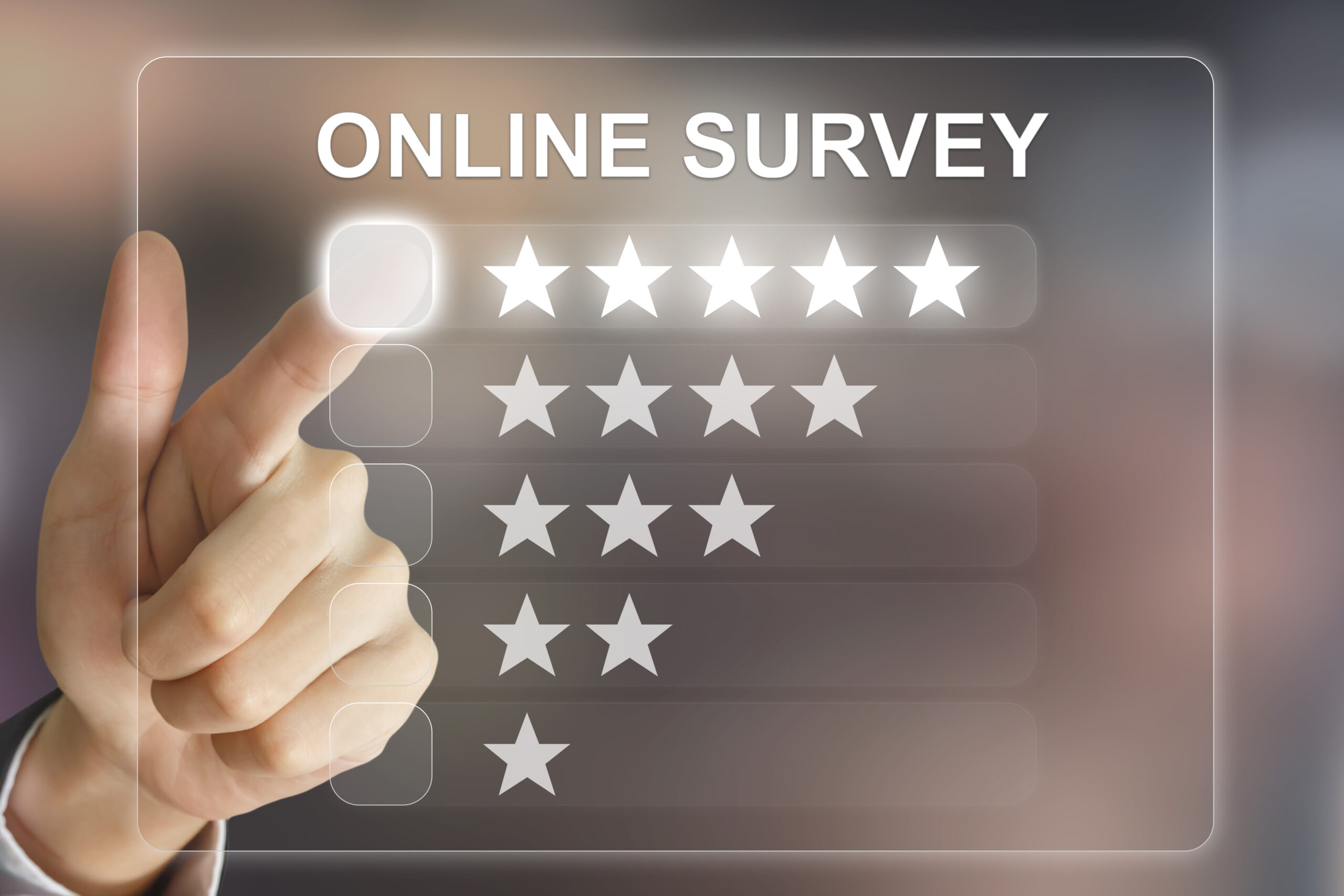
Category: Article | Level: Intermediate
Transform Your Content Strategy:
Top Tools for Creating Community-first Content
Are you a community manager looking to create better content for your community? Thankfully we live in the era of technology. You can create stunning content through creative content creation tools like Canva and easy-to-use platforms that let you design and publish gorgeous visuals for blog posts, social media, and more. However, you can do many other things to provide high-quality content. This article shares tools community managers can use to create high-quality content consistently.
What Is Community-driven Content?
Simply speaking, community-driven content refers to content focused on and written for a particular community, whether it’s based on background, geography, interests, or some other demographic. These types of content will often work for companies that want to show their offerings, provide information about their products and services, or share personal stories relevant to their audience.
Community content can take various forms, including blogs, where it can focus on different topics that are related to the industry. These kinds of content should make an effort to be more inclusive and show sensitivity to all kinds of audiences. For example, if a brand has a strong following of Spanish speakers, it should create content in both English and Spanish.
Why Is It Important?
Since the start of the pandemic, people have felt isolated; reading community-focused content that is relatable and authentic helps them feel connected and a part of something. Lately, people have also focused on social issues — such as justice and the environment — and have come to support companies that express the same beliefs. As such, storytelling in the form of community content has become important and has provided an outlet for readers to see what brands are doing to help with such issues.
Creating Engaging Content for Your Community
As the manager of your community, you know how important it is to make content that will speak to and resonate with the members of your community. Part of your job is ensuring that all the content you post is tailored to your audience’s wants, needs, and interests. To help with this, you’ll need to research the following factors.

Buyer Personas
A buyer persona refers to detailed descriptions of your ideal customer, which helps you to understand their interests and needs. Creating buyer personas will allow you to better analyze why your community needs your products or services, how to follow and convert better leads, and how to develop solid and lasting relationships with them. Buyer personas can also help to guide you through service or product development and will, in turn, let you market more effectively to a specific audience.
Buyer personas can also help the entire business by allowing everyone to focus on a specific target audience, offering a bigger chance of reaching them. Investing time in research will result in content that resonates with your community and encourages engagement. There are plenty of ways to conduct the research needed for buyer personas, such as:
-
- Surveys
- Data analysis
- Interviews
- Social listening
- And more
Social Listening
Social listening can help you create excellent community content that can engage more members. By monitoring what the community does on social media and different platforms, you’ll better grasp what they talk about along with their interests. You can then use the information you gathered to make content covering topics your community considers essential.
When you perform social listening, look out for mentions of your competitors, your brand, and other topics related to your industry on social media. Following your audience closely will tell you more than just what they like and don’t; it will also give you first-hand experience with how your brand is perceived. As you monitor their tendencies and actions, you’ll get a clearer picture of their habits, how they interact, and more.

Direct Feedback
You can also get feedback directly from your community through a wide range of channels, such as:
-
- Reviews
- User interviews
- Testimonials
- Surveys
- Comments
- Feedback
- Engagements
Through any of these, you can ask your community questions about what they want, need, and the things that interest them, providing you with valuable insights. You can then use their feedback to understand them on a deeper level and allow you to gather honest opinions about your products, services, and brand.
Be sure to look through all your available channels to see where you can get precious information from your community. This may include the engagements and comments left on your blog, community forums and web pages, customer support systems, and social media profile. This will expose you to positive and negative feedback, allowing you to resolve everything that needs resolution and maintain what works well for your community.
Experiment With Content
Don’t be scared to try new things. Updating your content — along with your products and services — might be what you need to get a better understanding of your audience. Testing new ideas and implementing them for your audience will allow you to see whether your business is successfully evolving with the wants and needs of your community. For instance, your marketing team may look to connect with your audience through a brand-new medium, or your development team may try to install new updates to your products or services.
If you feel these strategies are worth a shot, why not push for a soft launch of the product or service and see how the community responds to the changes? You never know what you might find out — you might encounter entirely unprecedented feedback, and you’ll be able to improve on things you didn’t think you could. On the other hand, you may find that something doesn’t quite work with your audience, and learning about it sooner than later may save you from making big mistakes.

Get Creative
Once you’ve determined your buyer personas and analyzed the information available to you, it’s time to create the actual content to deliver to your community. Canva is a great tool that allows you to easily design and create unique visuals for your blogs, websites, social media pages, and more. You can make a wide range of visuals that will speak to your target audience through banners, logos, videos, and infographics.
Using the details you’ve gathered from your research through feedback and experimentation, creating content using Canva will be easy. Your findings and results will be able to point you toward the right content to create and publish using this simple app, and it allows you to present everything in a more creative and stylish medium rather than just a plain blog full of boring text. In the end, you’ll have well-researched and highly engaging content. It will get your community talking and attract interest that is usually outside your reach.
Conclusion
When it comes to creating community content, it’s imperative to get to know your audience. While it may take time and resources, it’s a necessary part of your job as a community manager and should be a top priority. Creating effective community content will reward you with more engagement, convert leads, and establish strong relationships — well worth the effort.
